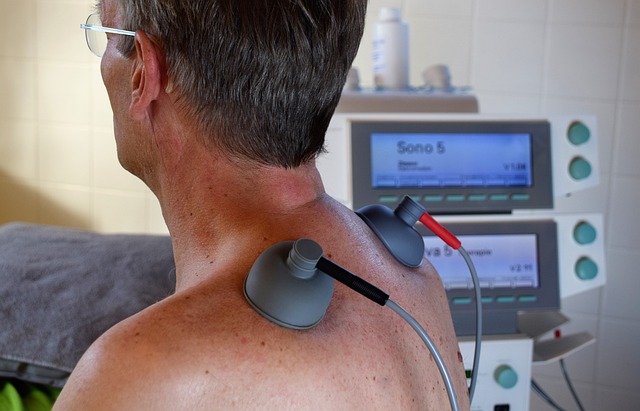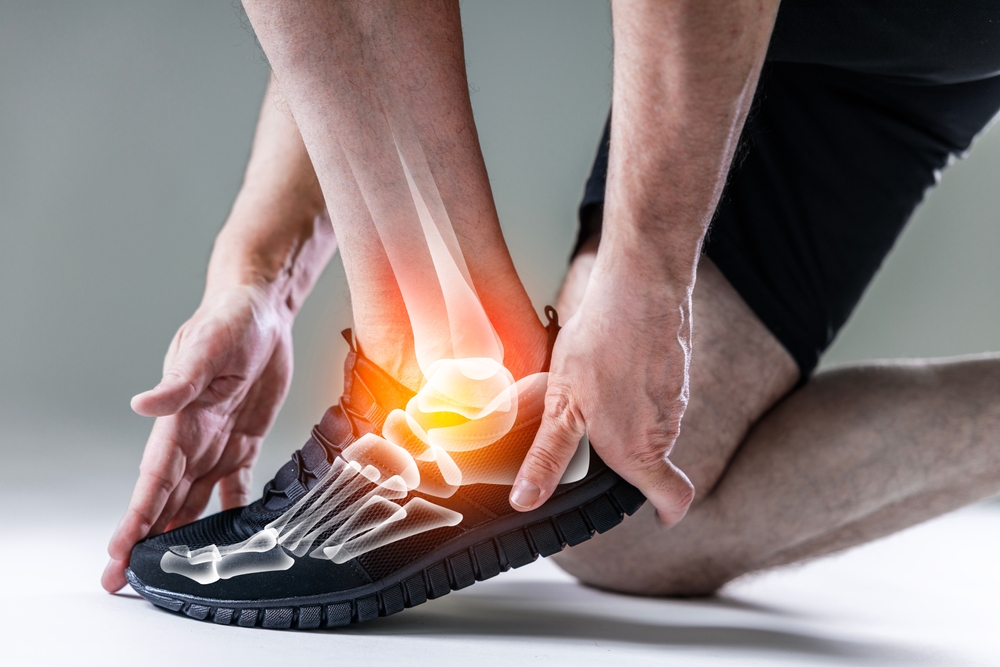Understanding Heart Valve Replacement Surgery: What Patients Should Know
Heart valve replacement is a serious but life-saving procedure. For many patients, understanding how the surgery has evolved helps ease anxiety before treatment. This guide explains how the procedure works, why doctors recommend it, and what to expect before, during, and after surgery.

When heart valves fail to function properly due to disease, age, or congenital defects, replacement surgery may become necessary to restore normal blood flow and prevent life-threatening complications. Modern cardiac surgery has transformed this once-risky procedure into a routine operation with excellent success rates and improved patient outcomes.
What Is the Heart Valve Replacement Surgery Process?
The heart valve replacement surgery process begins with comprehensive preoperative evaluation, including echocardiograms, cardiac catheterization, and pulmonary function tests. During the procedure, surgeons access the heart through a sternotomy or minimally invasive approach, temporarily stopping the heart while a heart-lung machine maintains circulation. The damaged valve is carefully removed, and the replacement valve is precisely positioned and secured with sutures. The entire operation typically takes three to five hours, depending on the complexity and number of valves being replaced.
Surgeons may choose between traditional open-heart surgery or newer minimally invasive techniques, including transcatheter aortic valve replacement (TAVR) for certain patients. The choice depends on factors such as patient age, overall health, valve location, and anatomical considerations.
How Should Patients Focus on Preparing for Heart Surgery?
Preparing for heart surgery involves both physical and emotional preparation spanning several weeks before the procedure. Patients typically undergo extensive testing, including blood work, chest X-rays, and consultations with the surgical team. Medical optimization may include adjusting medications, managing diabetes or blood pressure, and addressing any infections or dental issues that could complicate recovery.
Lifestyle modifications play a crucial role in preparation. Patients are advised to quit smoking, maintain a heart-healthy diet, engage in approved physical activity, and attend preoperative education sessions. Mental preparation through counseling or support groups can help reduce anxiety and improve surgical outcomes. Patients should also arrange for post-surgical care assistance and modify their home environment for safer recovery.
What Are the Recovery Timeline and Lifestyle Changes?
Recovery timeline and lifestyle changes following heart valve replacement surgery follow a structured progression over several months. Initial hospital recovery typically lasts five to seven days, with patients gradually resuming basic activities under medical supervision. The sternum requires six to eight weeks to heal completely, during which lifting restrictions and activity modifications are essential.
Cardiac rehabilitation programs, usually beginning two to four weeks post-surgery, provide supervised exercise training and education about heart-healthy living. Most patients return to normal activities within three months, though complete recovery may take six months to a year. Long-term lifestyle changes include regular cardiology follow-ups, medication adherence, dietary modifications, and maintaining appropriate physical activity levels. Patients with mechanical valves require lifelong anticoagulation therapy and regular monitoring.
How Do Mechanical vs Biological Heart Valves Compare?
Mechanical vs biological heart valves each offer distinct advantages and considerations that influence surgical decision-making. Mechanical valves, constructed from durable materials like titanium and carbon, provide excellent longevity, often lasting 20-30 years or more without deterioration. However, they require lifelong anticoagulation therapy to prevent blood clots, increasing bleeding risks and necessitating regular blood monitoring.
Biological valves, derived from animal tissue or human donors, offer the advantage of not requiring long-term blood thinners in most cases. They provide more natural blood flow patterns and are preferred for patients who cannot tolerate anticoagulation. However, biological valves typically last 10-20 years before requiring replacement, making them less suitable for younger patients who may need multiple surgeries throughout their lifetime.
What Are the Latest Advances in Cardiac Surgery?
Advances in cardiac surgery have revolutionized heart valve replacement procedures, improving outcomes and expanding treatment options for patients previously considered inoperable. Transcatheter valve replacement techniques, including TAVR and transcatheter mitral valve replacement, allow surgeons to replace valves through small incisions using catheter-based delivery systems. These minimally invasive approaches reduce recovery time and surgical risks for high-risk patients.
Robotic-assisted surgery provides enhanced precision and visualization, enabling smaller incisions and faster recovery. Three-dimensional printing technology assists in surgical planning and valve sizing, while improved valve designs offer better durability and hemodynamics. Hybrid procedures combining surgical and catheter-based techniques expand treatment possibilities for complex cases.
| Procedure Type | Average Cost Range | Hospital Stay | Recovery Time |
|---|---|---|---|
| Traditional Open Surgery | $100,000 - $200,000 | 5-7 days | 6-12 weeks |
| Minimally Invasive Surgery | $120,000 - $220,000 | 3-5 days | 4-8 weeks |
| TAVR Procedure | $80,000 - $150,000 | 1-3 days | 2-4 weeks |
Prices, rates, or cost estimates mentioned in this article are based on the latest available information but may change over time. Independent research is advised before making financial decisions.
Heart valve replacement surgery continues to evolve with technological advances and improved surgical techniques, offering hope and restored quality of life for patients with severe valve disease. Success depends on careful patient selection, thorough preparation, skilled surgical teams, and comprehensive post-operative care. Patients considering this procedure should work closely with their cardiac care team to understand their options and make informed decisions about their treatment.
This article is for informational purposes only and should not be considered medical advice. Please consult a qualified healthcare professional for personalized guidance and treatment.




